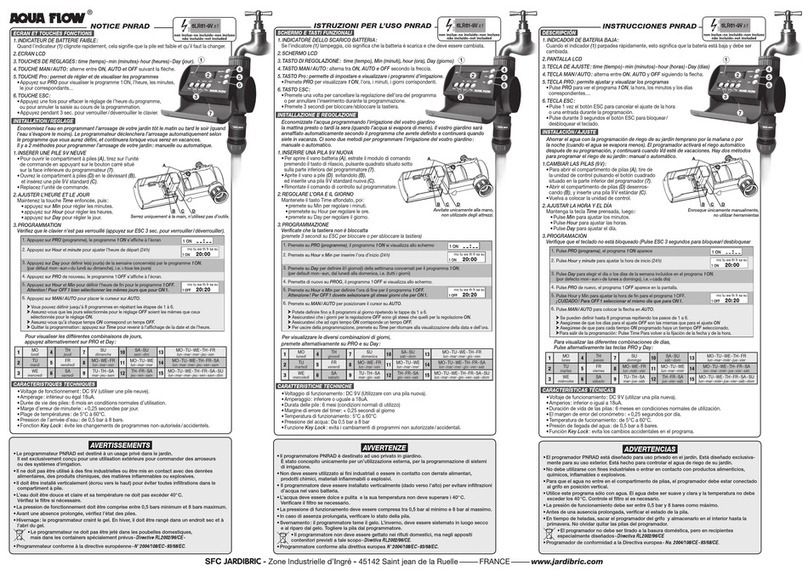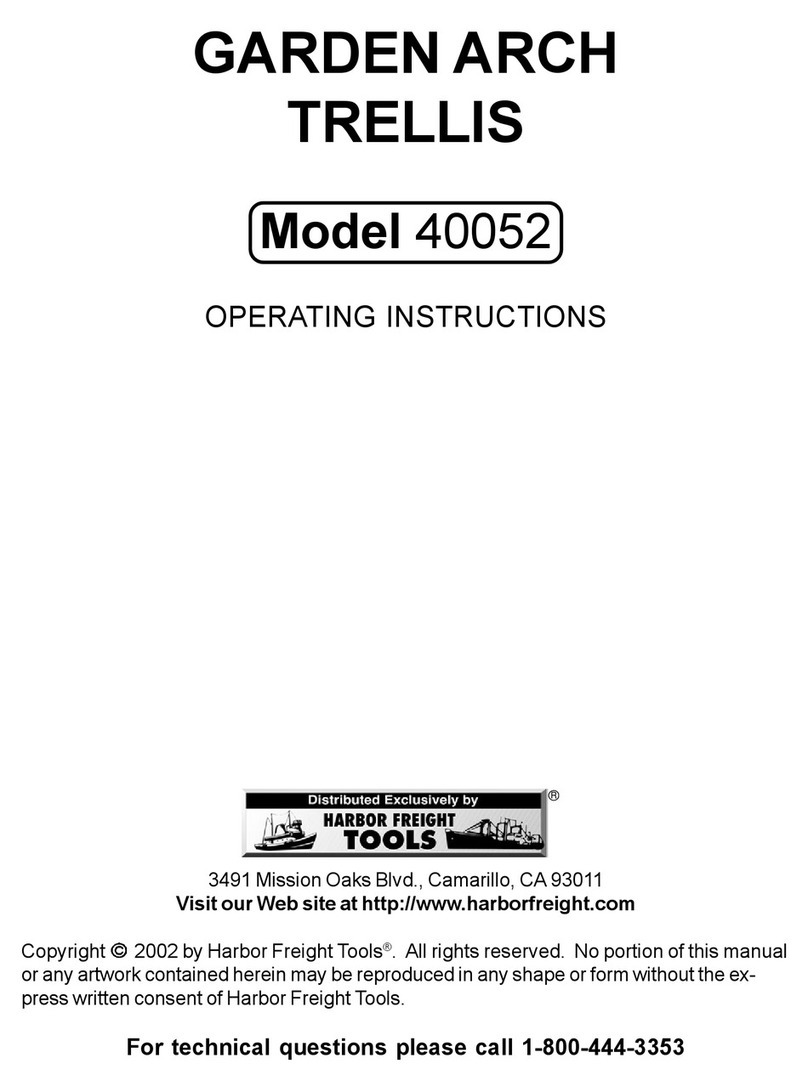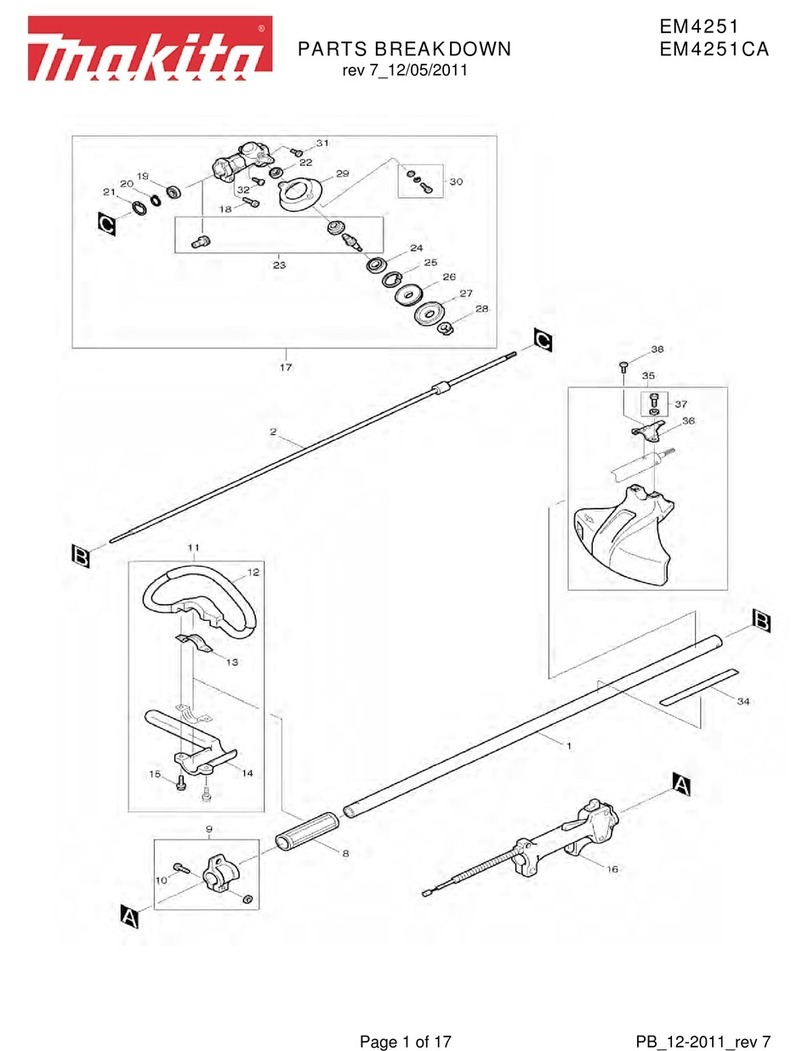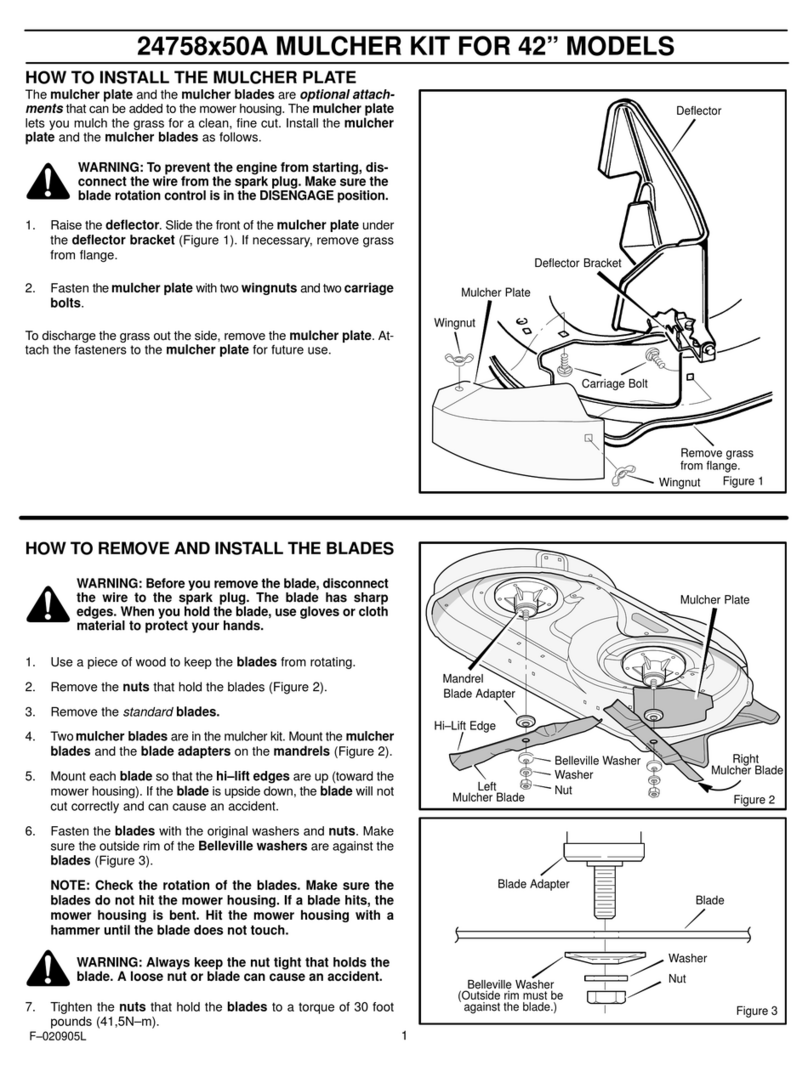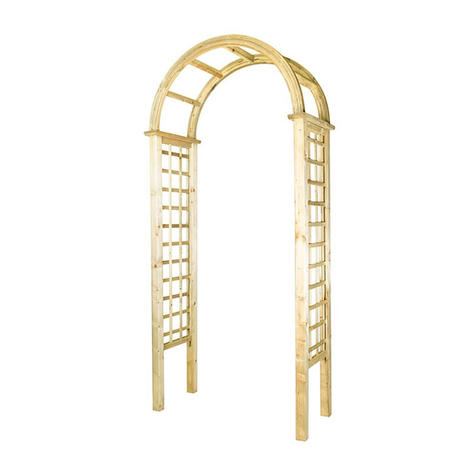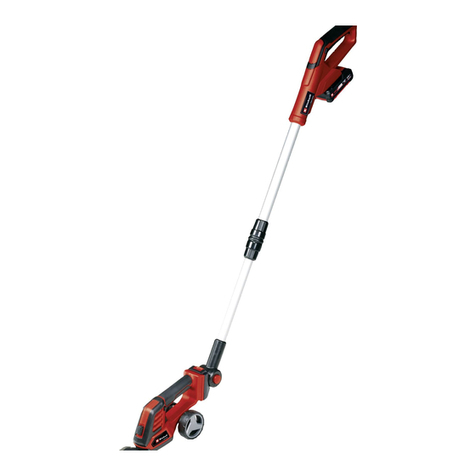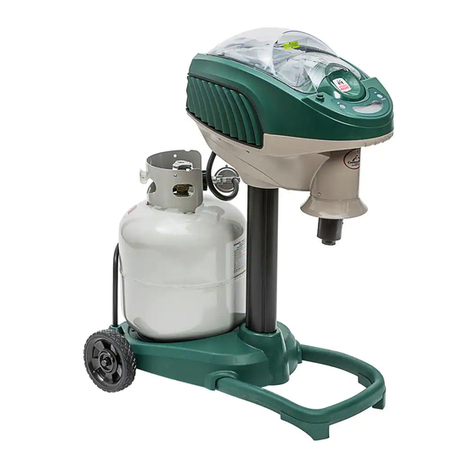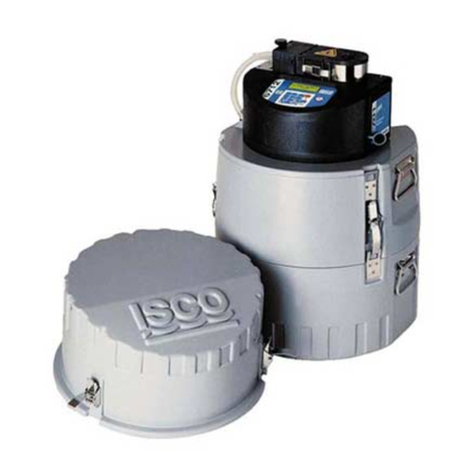Flow-Rite BA-MS-115 Manual

For Model:
BA-MS-115
Portable Watering Cart
Operation & Maintenance
Manual
BL-626-0520

2
General Information & Precautions
This publication provides detailed instructions for
installing the single point watering system kit.
Thoroughly review this document before any
installation procedures are performed.
The following safety statements relate to specific safety issues and must be
read, understood, and heeded before a kit is installed. Failure to do so could
result in personal injury and/or property damage.
DANGER
• Battery – Explosive gases! Do not smoke. Keep sparks and flames away from
the vehicle and service area. Ventilate when charging or operating vehicle in an
enclosed space. Wear a full face shield and rubber gloves when working on or
near batteries.
• Battery – Poison! Contains acid! Causes severe burns. Avoid contact with skin,
eyes, or clothing.
Antidotes
- External: Flush with water. Call a physician immediately.
- Internal: Drink large quantities of milk or water. Follow with milk of magnesia
or vegetable oil. Call a physician immediately.
- Eyes: Flush with water for 15 minutes. Call a physician immediately.
WARNING
• Follow the procedures exactly as stated in this instruction, and heed all
DANGER, WARNING, and CAUTION statements in this instruction as well as
those on the vehicle and battery charger.
• Only trained technicians should service or repair the single point watering
system. Anyone doing even simple repairs or service should have knowledge
and experience in plumbing, electrical, and mechanical repair. The appropriate
instructions must be used when performing maintenance, service, or accessory
installation.
• Prior to servicing the vehicle or leaving the vehicle unattended, turn the key
switch OFF, remove the key, and chock the wheels.
• Wear safety glasses or approved eye protection when servicing any part of the
watering system. Wear a full face shield and rubber gloves when working on
or near batteries.
• Do not wear loose clothing or jewelry such as rings, watches, chains, etc.,
when servicing the vehicle or battery charger.
• Moving parts! Do not attempt to service the vehicle while it is running.
• Use insulated tools when working near batteries or electrical connections. Use
extreme caution to avoid shorting of components or wiring.
• If wires are removed or replaced, make sure wiring and wire harness are
properly routed and secured. Failure to properly route and secure wiring could
result in vehicle malfunction, property damage, personal injury, or death.

3
Watering Procedures
1. Water After Charge
Electrolyte levels drop during discharge and rise during charge. In addition,
charging generates heat, fluid expansion and explosive gases. Watering a
battery before charge (or with a low charge level) can lead to boil over
resulting in potential damage of the watering system, battery and vehicle.
Water, when needed, must be added to a fully charged battery. Prior to
charging, there must be sufficient water to cover the plates. If the battery
has been discharged (partially or fully), the water level should still be above
the plates.
2. Watering Intervals
Watering intervals are dependent on the local climate, charging methods,
application, and age of batteries. Flow-Rite recommends that new batteries
be checked once a month and older batteries be checked weekly until you
get a feel for your water consumption rate.
Typically for a heavy use application, watering a maximum of once per week
is recommended, and for light use applications once per month. Do not
water a battery that has been sitting for an extended period of time with no
activity (non-use or not on charge) such as a battery that has sat idle over
the weekend. It is best to water a warm battery that has just been fully
charged.
Important: Water quality is important to maintain the life of your
battery and watering system. Always use water that
meets the quality requirements of your battery’s
manufacturer.

Operation
- Fill Tank
Ensure the water supply has ample water to fill battery. If necessary,
remove lid and fill cart with water. All carts are compatible with deionized
water.
Step 1
- Power Up Cart
Turn on the cart by pushing the on/off button. Check the battery indicator
lights to verify the battery is charged. The status is as follows:
Green - Ready to go, battery charged
Yellow - Battery is low, charge soon
Red - Battery must be charged or pump will not run
Recharging Battery: Plug in battery charger to a GFCI outlet.
Step 2
4
For successful operation of your Single Point Watering system always:
1. Only use Flow-Rite approved equipment.
Warning! Use of unapproved equipment or modification of
approved equipment can lead to system failure and will void your
warranty.
2. Always follow Flow-Rite’s required watering procedures.
3. Perform regular scheduled maintenance!
Warning! Only fill batteries after they have been fully charged
and require water.
Step 3 - Remove Dust Cover from
water supply.
-Mate Couplers
Insert the male coupler on the SPW
system into the female coupler on the
end of the water supply.
Step 4

5
Operation Continued
Observe Flow Indicator
The red balls inside the flow indicator will
begin to spin indicating that water is
flowing into the battery.
Step 5
Replace Dust Cover
Place dust cover back over the male
coupler.
NOTE: Cart will automatically turn off
after 10 minutes of inactivity.
Disconnect
When the balls stop spinning, immediately
disconnect the couplers.
Warning!If the water supply is left
connected after the filling process is
finished, it could lead to an overfill.
Disconnecting before the balls come to a
complete stop will lead to underfilled cells.
Step 6
CAUTION:If at any time during the filling process
you have a valve failure, disconnect immediately
and refer to the troubleshooting section.
Step 7

Your single point watering system requires regular preventative maintenance
on at least a quarterly basis.
1. Check all screens
Clean or replace all strainers as necessary. Failure to do so can cause a
reduction in the water pressure and flow rates needed to operate the system
properly.
2. Inspect the condition of all tubing connections, red end caps, swivel
Tees, and couplers.
Make sure that all parts are in good working condition and are secure, leak
free, and properly connected. The coupler must have an O-ring and dust
cover properly attached.
3. Electrolyte Levels
Flow-Rite recommends checking the electrolyte level in each cell for
accuracy after the system has been installed and operational for three
months.
4. Never operate when plugged in. When not in use, plug it in.
6
Regular Maintenance
Line Strainer (A)A
Note: Pictures may differ slightly from your specific application.
Seasonal Maintenance
Water Supplies
Water supplies must be drained and stored in an empty state if they will be
exposed to freezing temperatures. Failure to do so can cause permanent
damage. If out of use for more than 4 weeks, make sure the cart has
been plugged in and charged before use.
Watering Systems
If you have vehicles that are taken out of service or put into storage for a
period of 6 weeks or longer, your single point watering system will require
seasonal maintenance. Check yoursystem instructions for details.

7
Operating Specifications
FLOW-RITE CONTROLS
1 YEAR WARRANTY
1
Visit www.flow-rite.com for details.
Operating Requirement of SPW system
Pressure Range: 3.0 - 35.0 PSI (no flow, static)
0.21-2.4 bar
Power Requirements: 100-140 VAC 50/60 HZ
All product specifications and requirements should be met for proper
operation of your Flow-Rite SPW system. Contact your battery supplier or
Flow-Rite Controls if you have any questions regarding product
specifications or how to verify a water supply.
*Flow rate should be measured at the end of a purger (female / male
coupler combination).

Flow-Rite Controls
960 74th Street
Byron Center, MI 49315
phone: 616.583.1700
fax: 616.878.5151
Printed in USA 0520
Protected under U.S. & foreign patents and paten
Table of contents
Popular Lawn And Garden Equipment manuals by other brands
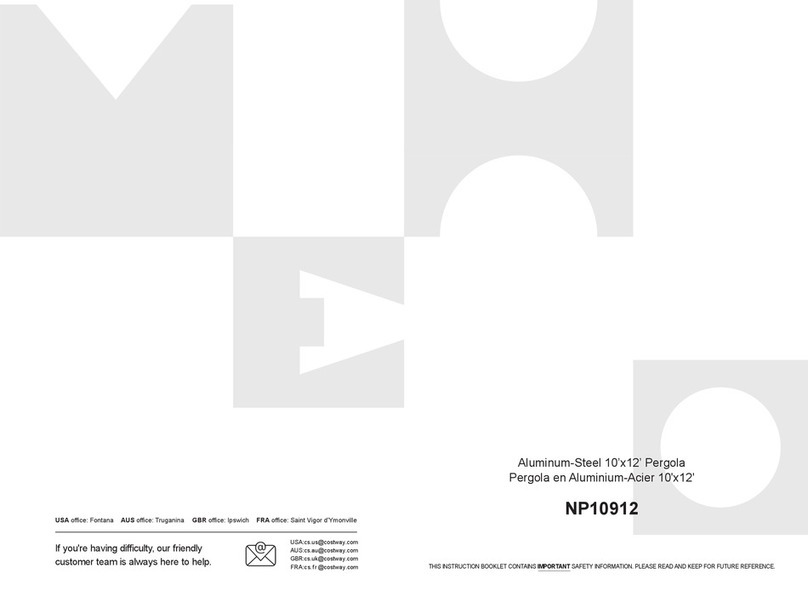
Costway
Costway NP10912 manual
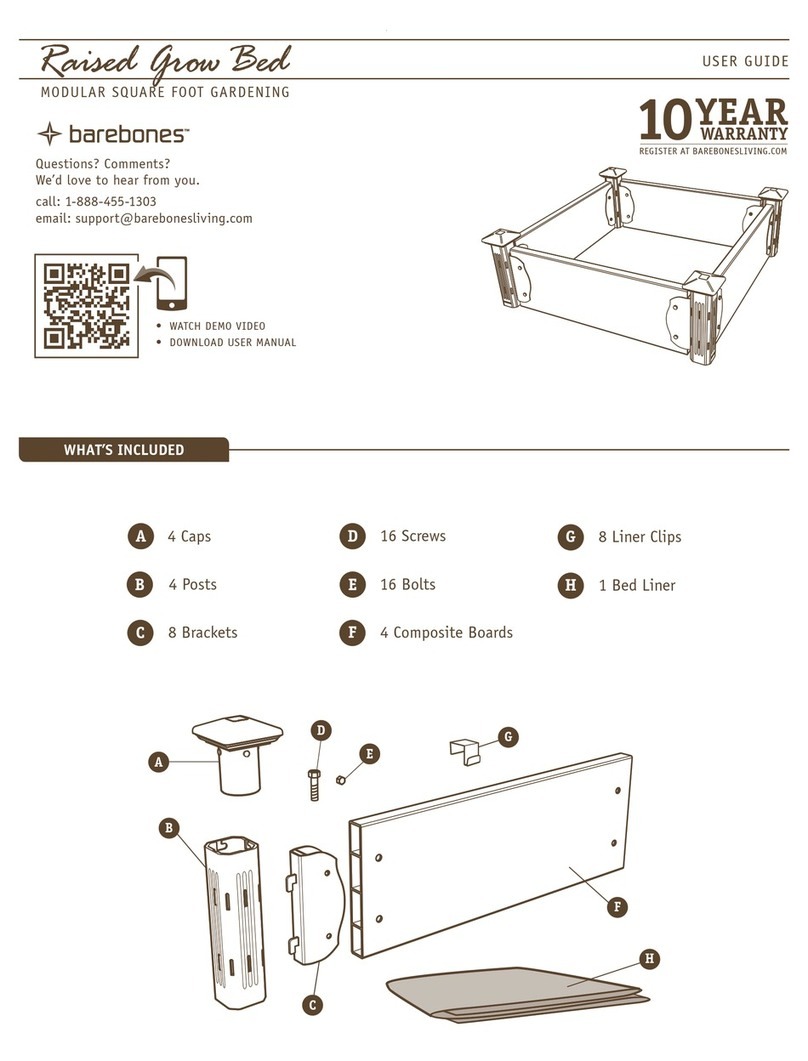
barebones
barebones raised grow bed user guide
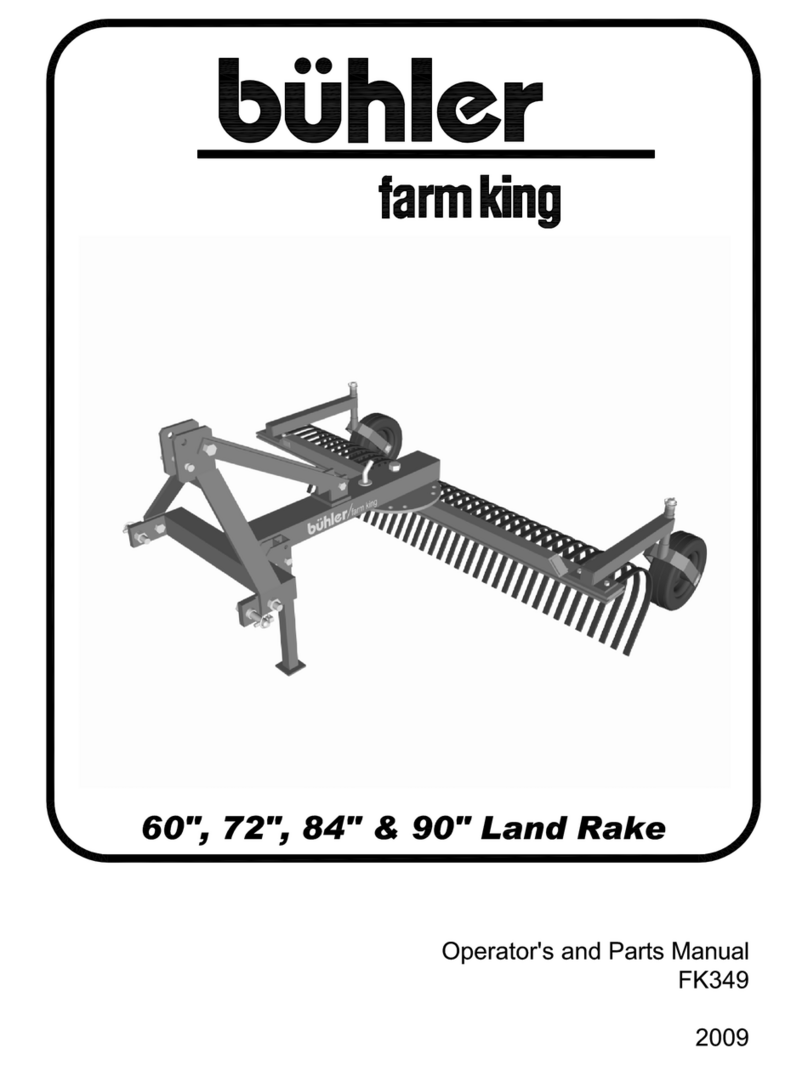
Buhler
Buhler Landscape Rake FK349 Operator's & parts manual
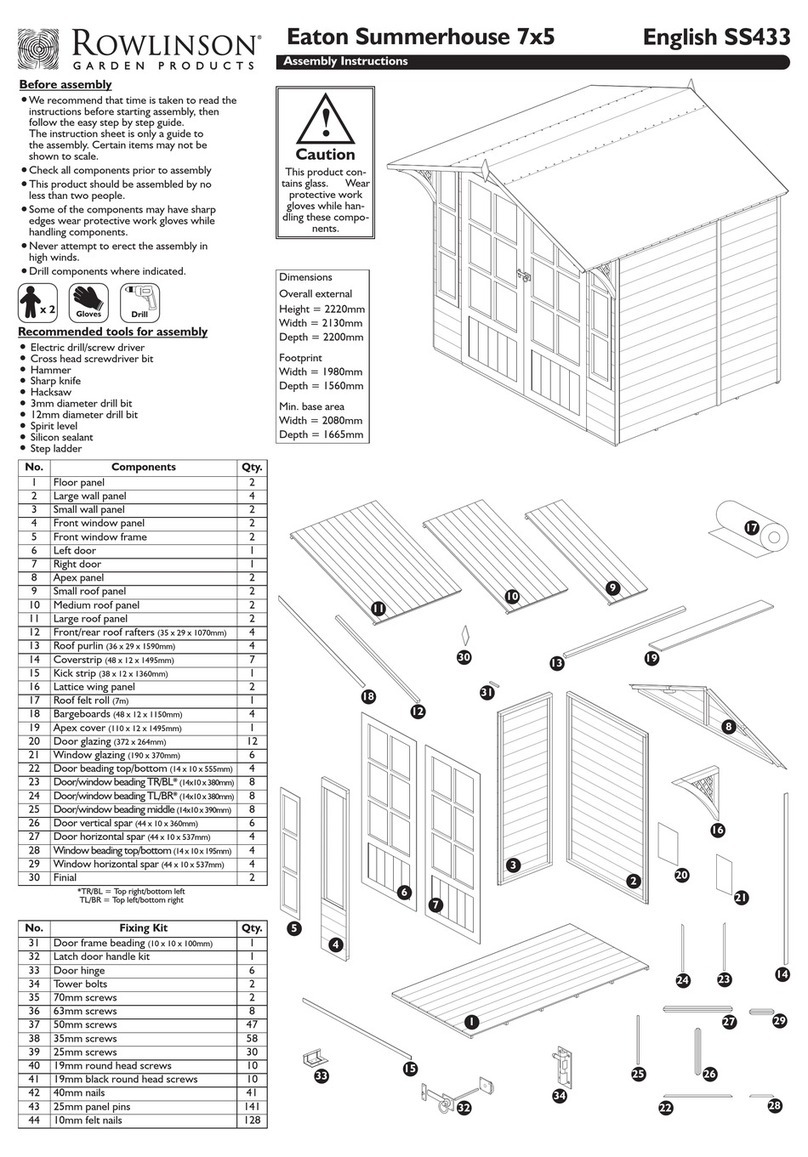
Rowlinson Garden Products
Rowlinson Garden Products Eaton Summerhouse 7x5 Assembly instructions
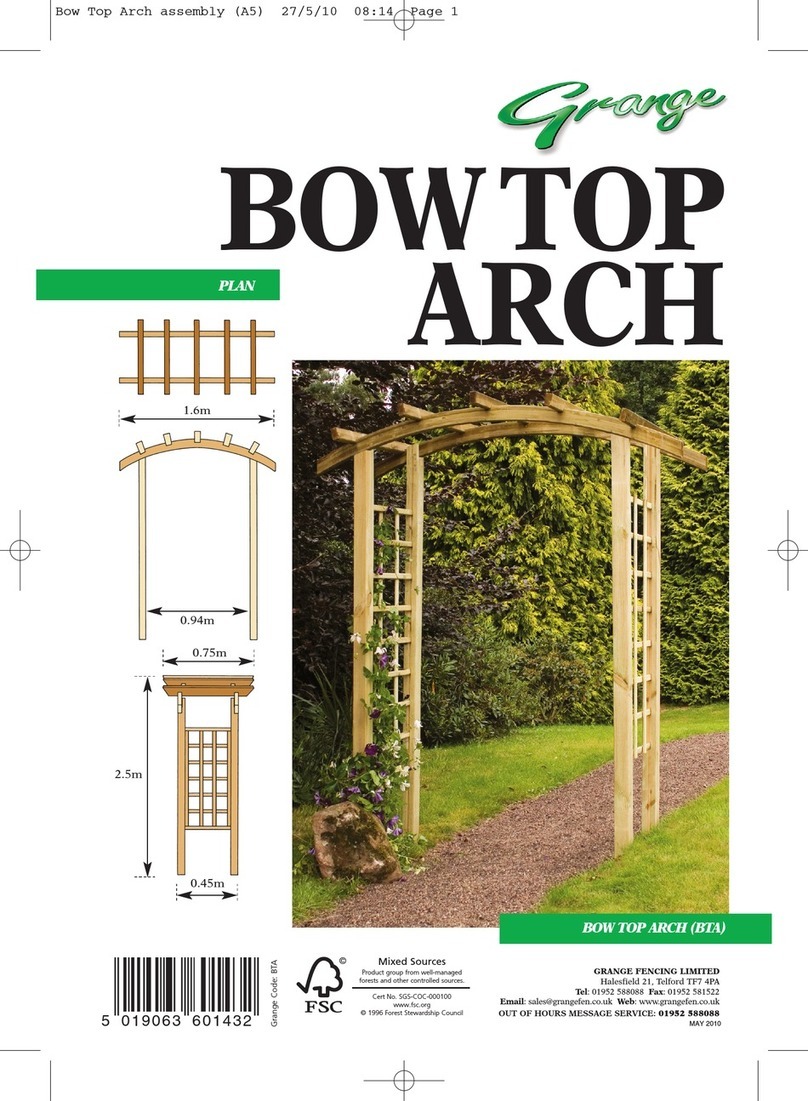
Grange
Grange ELITE BOW TOP ARCH Assembly instructions
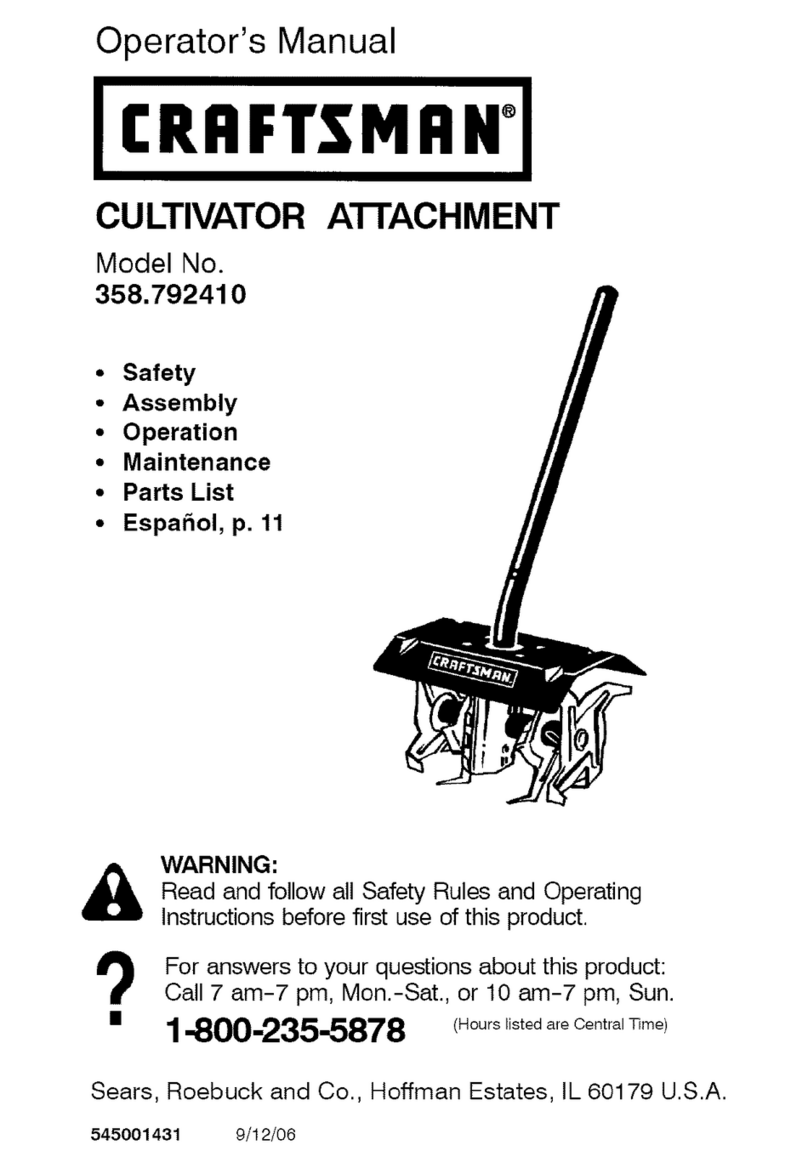
Craftsman
Craftsman 358.792410 Operator's manual
